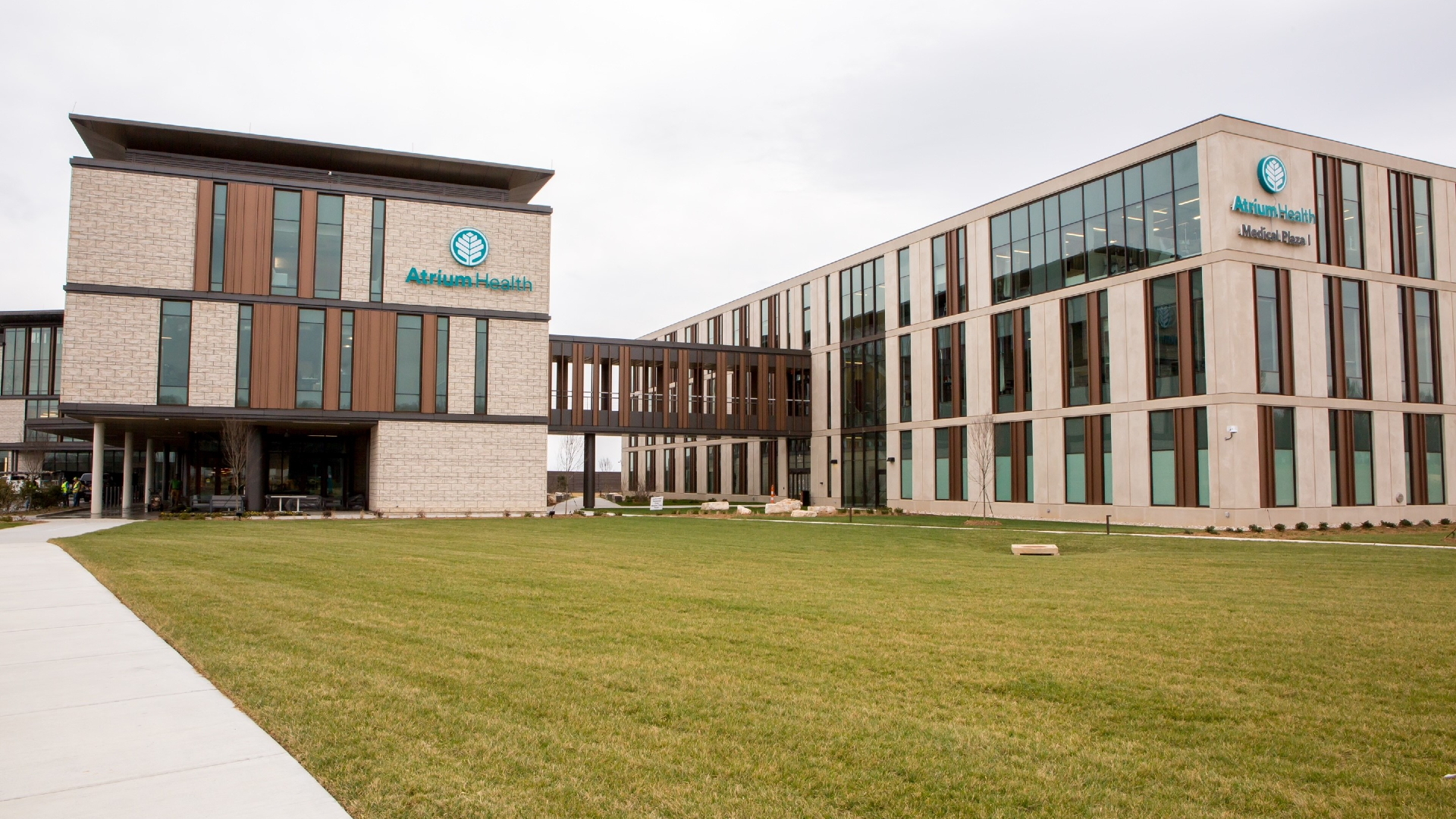In the United States, the pursuit of health and fitness has become increasingly vital as individuals recognize the profound impact it has on their overall well-being. With rising concerns over sedentary lifestyles, obesity rates, and chronic diseases, prioritizing health and fitness has never been more crucial. Fortunately, a myriad of strategies and initiatives are emerging to promote a culture of wellness across the nation.
The Landscape of Health and Fitness in the USA
The landscape of health and fitness in the USA is diverse, reflecting the country’s vast geographical and cultural differences. While some regions boast extensive recreational facilities and access to fresh produce, others face challenges such as food deserts and limited opportunities for physical activity. Despite these variations, there is a growing awareness of the importance of leading a healthy lifestyle, transcending age, gender, and socioeconomic status.
Tackling Obesity and Chronic Diseases
Obesity remains a significant public health concern in the USA, with approximately 42.4% of adults classified as obese according to the Centers for Disease Control and Prevention (CDC). This epidemic is intricately linked to the prevalence of chronic diseases such as diabetes, cardiovascular ailments, and certain types of cancer. To combat this issue, various interventions are being implemented at individual, community, and policy levels.
One approach involves promoting nutritional education and fostering healthier eating habits from an early age. Initiatives like school lunch programs, community gardens, and nutrition counseling aim to empower individuals to make informed dietary choices. Additionally, efforts to increase physical activity through school sports programs, workplace wellness initiatives, and community fitness events are gaining momentum, encouraging people to lead more active lifestyles https://thaidutch4u.com/.
Harnessing Technology for Fitness
Advancements in technology have revolutionized the way Americans approach fitness and wellness. From fitness tracking apps and wearable devices to virtual workout classes and telemedicine services, technology has made health and fitness more accessible and personalized. Individuals can now monitor their activity levels, track their progress, and receive real-time feedback, empowering them to take control of their health journey.
Moreover, the integration of virtual reality (VR) and augmented reality (AR) into fitness experiences has introduced immersive and engaging workouts, making exercise more enjoyable and accessible to a wider audience. These innovations not only cater to tech-savvy individuals but also provide valuable tools for healthcare professionals to deliver remote care and monitor patient progress.
Promoting Mental Health and Well-being
In recent years, there has been a growing recognition of the interplay between physical and mental health. As such, initiatives promoting mental well-being have become integral to the broader health and fitness agenda in the USA. From mindfulness meditation and stress management programs to counseling services and peer support groups, there is a concerted effort to address the multifaceted nature of health and wellness.
Furthermore, the integration of mental health considerations into workplace wellness programs and school curricula reflects a broader shift towards prioritizing holistic health. By destigmatizing mental health issues and providing accessible resources, communities can foster a culture of support and resilience, enhancing overall well-being.
Challenges and Opportunities Ahead
Despite the progress made in promoting health and fitness in the USA, numerous challenges persist. Socioeconomic disparities, limited access to healthcare and recreational facilities, and cultural attitudes towards health are among the obstacles that need to be addressed. Additionally, the rapid pace of modern life, coupled with the ubiquity of processed foods and sedentary behaviors, presents ongoing challenges to maintaining healthy lifestyles.
However, these challenges also present opportunities for innovation and collaboration. By leveraging technology, community partnerships, and evidence-based interventions, stakeholders across sectors can work together to create environments that support healthy choices and empower individuals to lead fulfilling lives.
Conclusion
The pursuit of health and fitness is a journey that requires commitment, resilience, and collective action. In the USA, efforts to promote wellness encompass a wide range of strategies, from nutritional education and physical activity initiatives to technological innovations and mental health advocacy. By fostering a culture of health at individual, community, and societal levels, the nation can strive towards a future where every individual has the opportunity to thrive and lead a fulfilling life.







